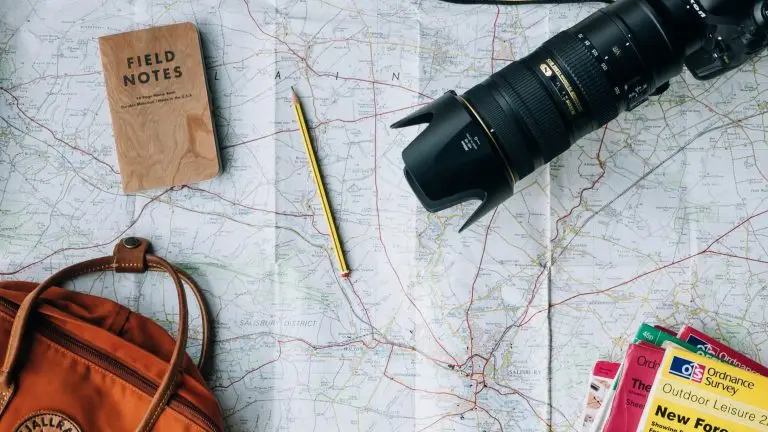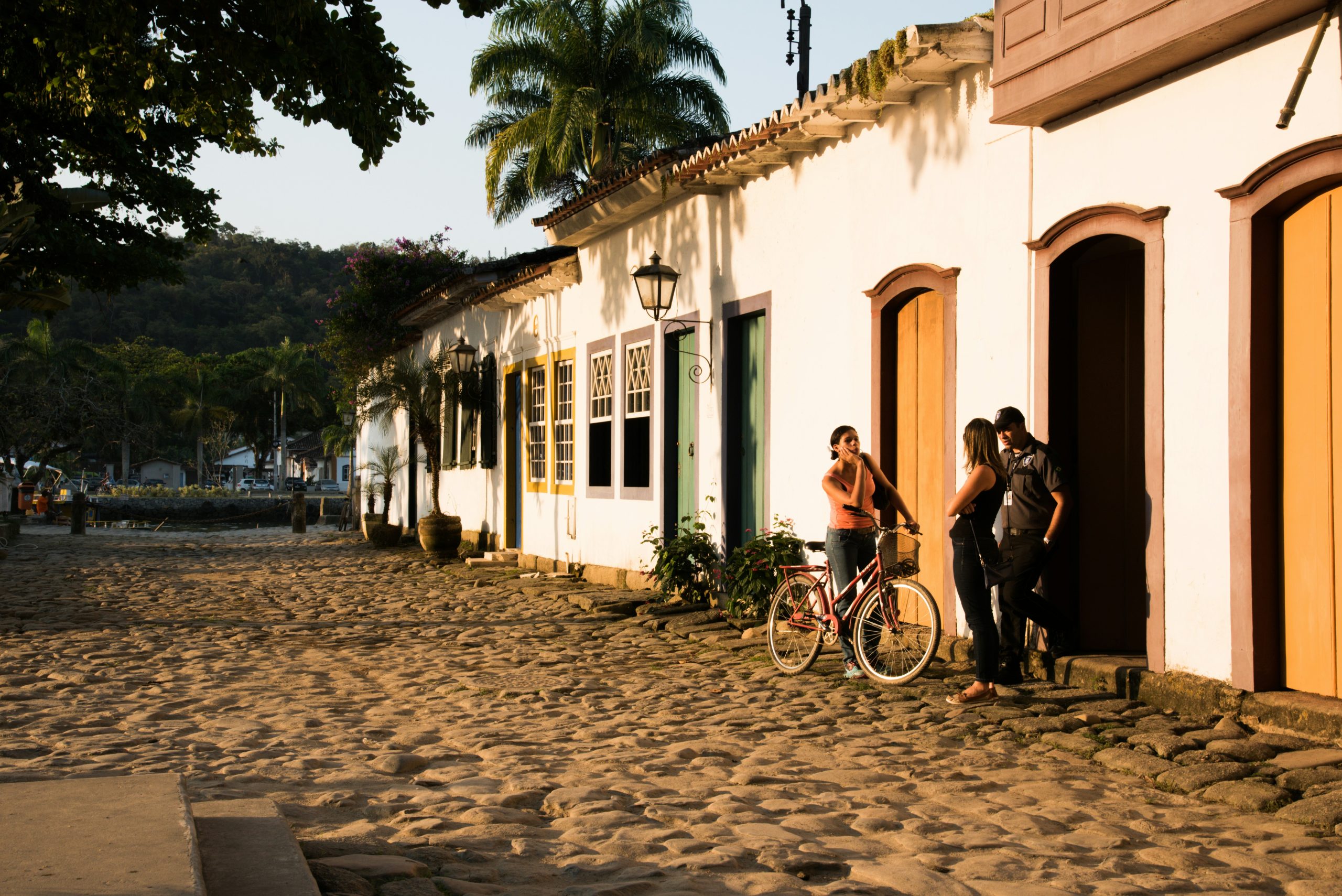
A Stranger’s Love
It was 4 a.m. in Paraty, Brazil. Dark, silent, almost deserted. I found myself sitting alone in the bus station, regretting that I hadn’t prepared
Belgium is world-famous for beers, chocolates, and waffles. They also have a great rock music scene, master painters, and beautiful cities. Interestingly, this deep-rooted appreciation for tradition and craftsmanship sets Belgium apart from its neighbors, The Netherlands.
Dutch are all about efficiency and scale, whereas the Belgians focus on quality. This dedication shows the way they build their own houses, in their cozy and authentic bars, and their distaste for Dutch’s industrial food practices.
Any guesses for what else Belgium is famous for? Well, they produce some of the best Belgian beers.

And, beers have been an important part of daily life in Belgium and the Netherlands for centuries. Between 500-1800 AD, it was a common drink for all ages and social classes to enjoy with meals, especially. The brewing process made it safer than water, as it killed harmful bacteria. Those beers also had a much lower alcohol content, between 1-3.5%.
But Belgian beer is much more than low-alcohol brews. While most of the world is familiar with pilsners around 5%, the best of Belgium beer is also quite strong with high fermentation. Some of these have alcohol percentages as high as 12-13%, which is not very common in other countries.
Many of the Belgian dishes also require beer. I discuss some of them below.
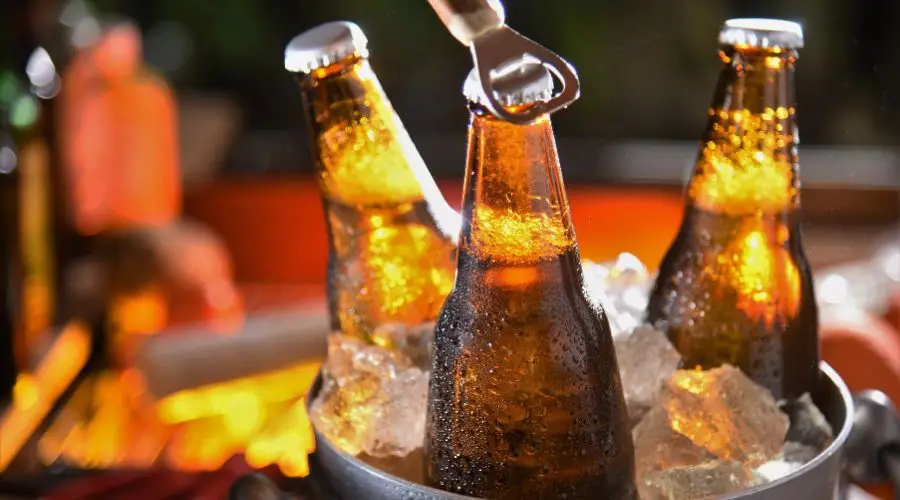
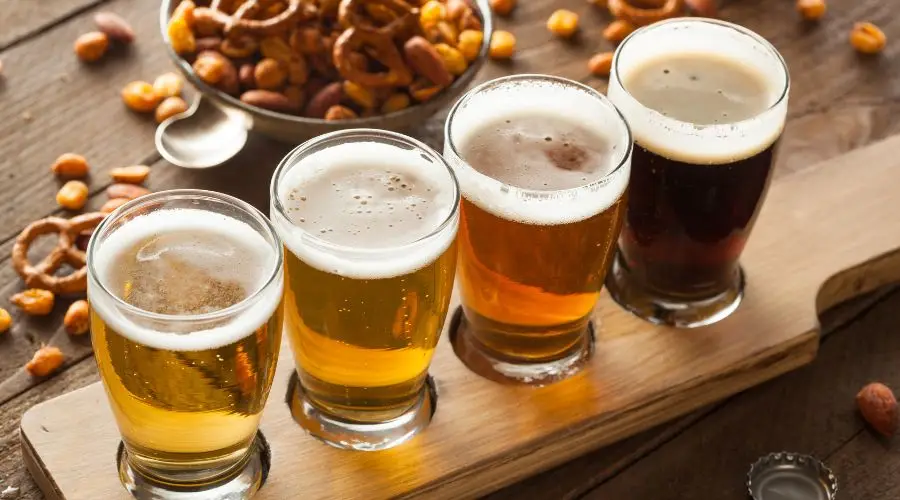

La Chouffe is a Belgian Pale Strong Ale with 8% ABV. It was first brewed in 1982 in a small cowshed by brothers-in-law Pierre Gobron and Chris Bauweraerts. Since then, it has been widely popular.
Unlike many strong ales, it has a light, refreshing character, with a unique coriander kick. It was actually a suggestion from Pierre Celis, the founder of Hoegaarden. Interestingly, the name “Chouffe” doesn’t actually mean anything, it was a playful idea that stuck.
Yet, despite its whimsical name, this beer is a serious contender among the best Belgian beers. In 1999, Dutch people voted it as the “Beer of the Century”.

Delirium Tremens is one of the best Belgian beers, and famous for its playful pink elephant logo. The name basically refers to the severe symptoms of alcohol withdrawal, but its origins go beyond that.
According to legend, a Belgian tax collector coined the name after feeling unexpectedly drunk and joking that he’d get delirium tremens. Apart from its taste, this Belgium beer stands out for its distinct ceramic bottles.
These bottles were originally leftovers from a custom order that became part of the brand’s identity. It is also associated with Delirium Café in Brussels, a world-famous bar that has over 2,000 different beers.

For me, this is one of the best of Belgium beer, which is delicious, not that expensive, and widely available. It has a history which dates back to the 12th century. Back then, the monks at the Notre Dame de Leffe abbey created this beer as a safer alternative to water during epidemics. Today, it remains a widely available and affordable Belgian classic.
Leffe Blonde comes with notes of vanilla, dried apricots, and cloves. A malty sweetness, and the aroma of freshly baked bread, make it a unique Belgium beer. Unlike many traditional Belgian beers, it’s vegan-friendly, as brewers don’t use animal products.
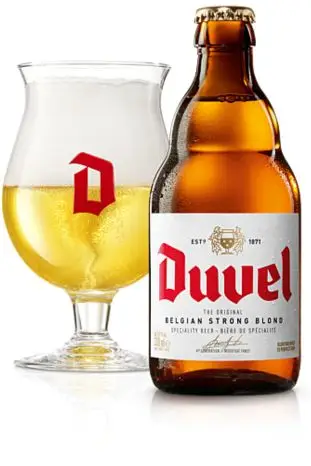
Duvel has an interesting history, as the precursor to it was invented shortly after the end of World War I under the name ‘Victory Ale’. This name was meant to honor the victory over the Germans in WWI. Victory Ale was the brainchild of then-director Albert Moortgat, who had just taken over from his father.
In the early 1920s, there was a tasting at the market in Breendonk, where the brewery is still located. The legend goes that the local tailor exclaimed during the tasting, “amai, wa nen Duvel” (wow, what a devil). This reached Albert Moortgat, who found the name so strong that the beer was promptly renamed “Duvel”.
The brewery has remained in the Moortgat family for generations, with each generation contributing to its growth and success. Duvel, their flagship beer, has become an iconic Belgian Golden Strong Ale.
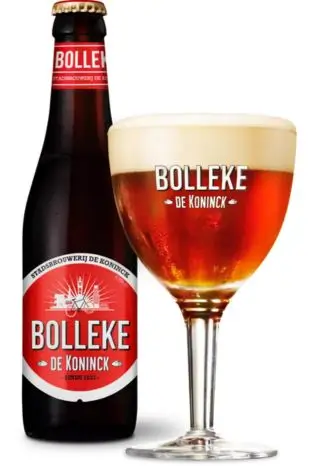
De Koninck is a classic Belgian Pale Ale from Antwerp and one of the best Belgian beers in its category. Unlike stronger Belgian ales, this Spéciale Belge is smooth and easy to drink.
During World War II, De Koninck Brewery supported the local community by providing beer to help with food shortages. De Koninck has a lasting legacy in Antwerp. Van den Bogaert’s family used to run the business.
However, it was later sold to Duvel Moortgat, one of Belgium’s biggest brewing names. Despite changes in ownership, the taste remains the same. De Koninck also has a signature Bolleke glass, which you can also purchase.
In Antwerp, De Koninck also brews several beers:
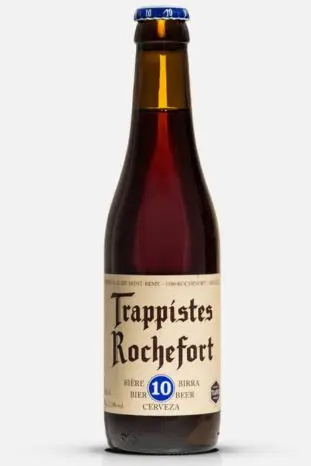
Rochefort Brewery has a long history of Belgian Trappist brewing tradition, which goes back to the 16th century. The monks at Rochefort Abbey have been using the same brewing method for centuries, using water from a well inside the monastery walls.
Their beers, which they call, Rochefort 6, 8, and 10, follow an old Belgian degrees system, with the numbers showing their original gravity. In beer’s terms, it shows the beer’s strength and richness.
Among the best Belgian beers, Rochefort 10 is also among the world’s top beers, as per critics. It also has a nickname “Merveille” (Wonder), because of its unique blend of Pilsner and Munich malts, with Hallertau and Golding hops.
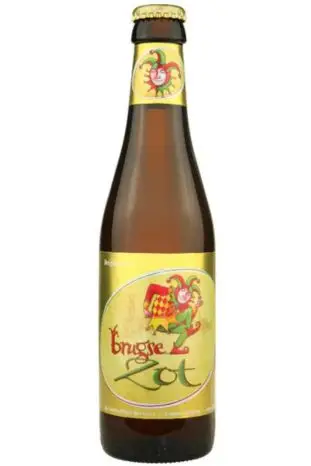
Bruges is famous for its narrow, cobbled streets and the city’s status as a UNESCO World Heritage site. And, these cobbled streets were a logistical challenge to transporting beer. De Halve Maan Brewery came up with an interesting idea of a beer pipeline to address the issue.
In 2016, after three years of work, the brewery completed a 3.2-kilometer underground pipeline. Now, the beer is transported directly from the brewery to the bottling plant, while preserving the city’s charm. The pipeline can transport up to 4,000 liters of beer per hour.
The pipeline mainly carries the brewery’s popular Brugse Zot and Straffe Hendrik beers. Apart from that, the brewery also has guided tours, a museum, and dining areas.
Speaking of UNESCO recognition, the agency also recognizes Mexico for the spicy Mexican food. Also, don’t forget to try the best tequila in Mexico, whenever you plan to visit.
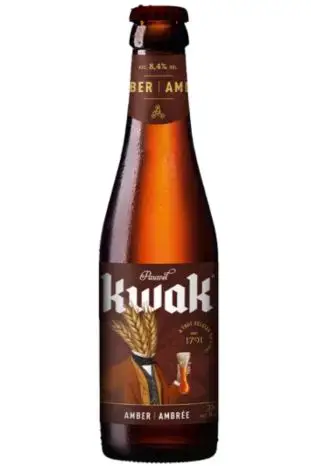
Kwak is one of the best Belgian beers, not just for its deep amber color and caramel-malty sweetness but also for its unique glass. Pauwel Kwak designed the “koetsiers glas” (coachman’s glass) in the 18th century for coach drivers, so they could enjoy their beer without spilling while on the road.
The glass itself is a talking point. With its bulbous bottom and narrow neck, it creates a signature “kwak” sound as you drink. At the bar De Dulle Griet in Ghent, patrons must leave one of their shoes as a deposit to use the Kwak glass. The shoe is hoisted up in a basket to prevent the glass from being stolen.
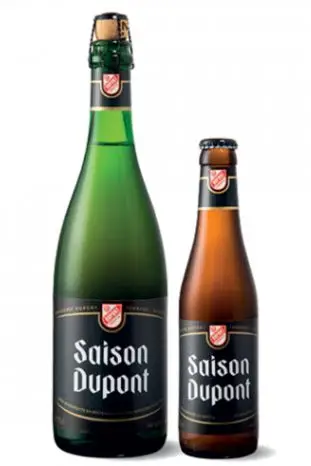
Saison Dupont is one of the best Belgium beers by Brasserie Dupont since 1844. Initially, it was made to provide refreshments to seasonal farmworkers. The company brewed it in winter and stored it for summer. Today, it’s recognized worldwide as the gold standard of the saison style.
What sets Saison Dupont apart is its unusually high fermentation temperature of around 31°C. This unique brewing method increases its signature fruity and spicy notes. Interestingly, saisons were once much lower in alcohol, but as brewing techniques evolved, so did their strength.
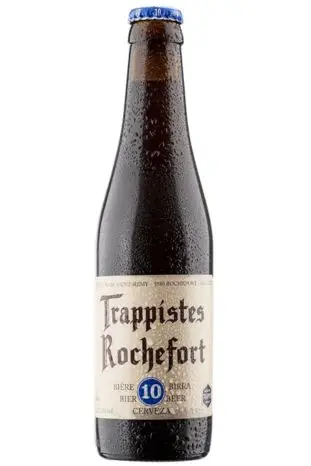
Trappist beers are among the most authentic brews in the world, crafted by monks within Trappist monasteries. A beer must have the Authentic Trappist Product label for official monastic supervision. These beers follow centuries-old traditions, which only were meant to sustain the monastic communities.
There are only 13 Trappist breweries worldwide, with Belgium home to six of them. Unlike commercial breweries, these monastic breweries operate on a non-profit basis. They use their earnings to maintain the monastery and support charitable causes.
Some of the most famous Trappist beers include Chimay, Westmalle, Orval, and the legendary Westvleteren. Westvleteren is particularly unique because you can’t buy it in stores or bars. The only way to get a bottle is by reserving it directly from the Abbey of Saint Sixtus.
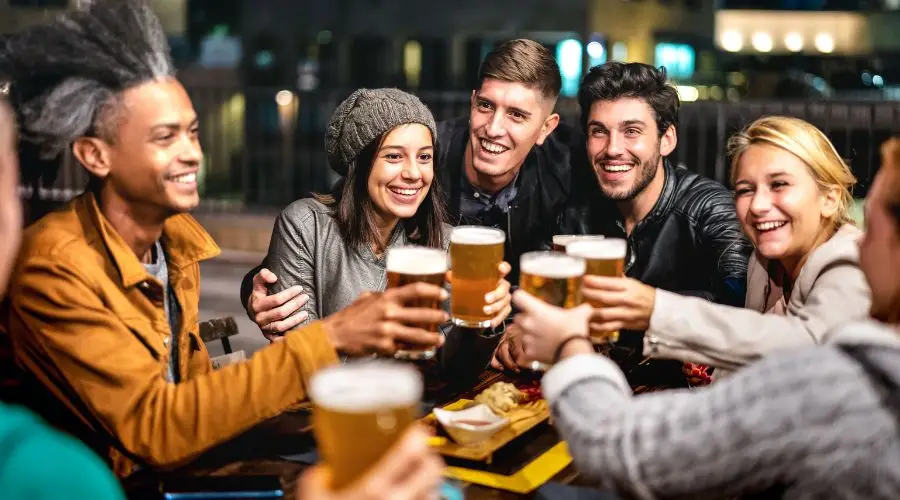
Now that I have discussed some of the best Belgian beers, let’s discuss some of the best Belgium bars and cafes that you can visit.
Belgium has a lot to offer and many countries can rival it in terms of history, culture, castles, tourism, etc but no country can challenge the best Belgium beers. Belgium has that distinction because they are not obsessed with the Dutch’s scalability or Germany’s precision craze.
It’s centuries of experience, craftsmanship, and traditions that make Belgium beers quite famous. Also, you can enjoy the best of Belgium beer across Europe and on other continents as well. So, if you are in Barcelona, you can check Barcelona’s food and drink places.
As I made a small comparison with the Dutch in the beginning, why not check some of the famous Dutch books?
Do you want global book, music, and movie recommendations straight to your inbox?
Sign up for the newsletter below!

It was 4 a.m. in Paraty, Brazil. Dark, silent, almost deserted. I found myself sitting alone in the bus station, regretting that I hadn’t prepared
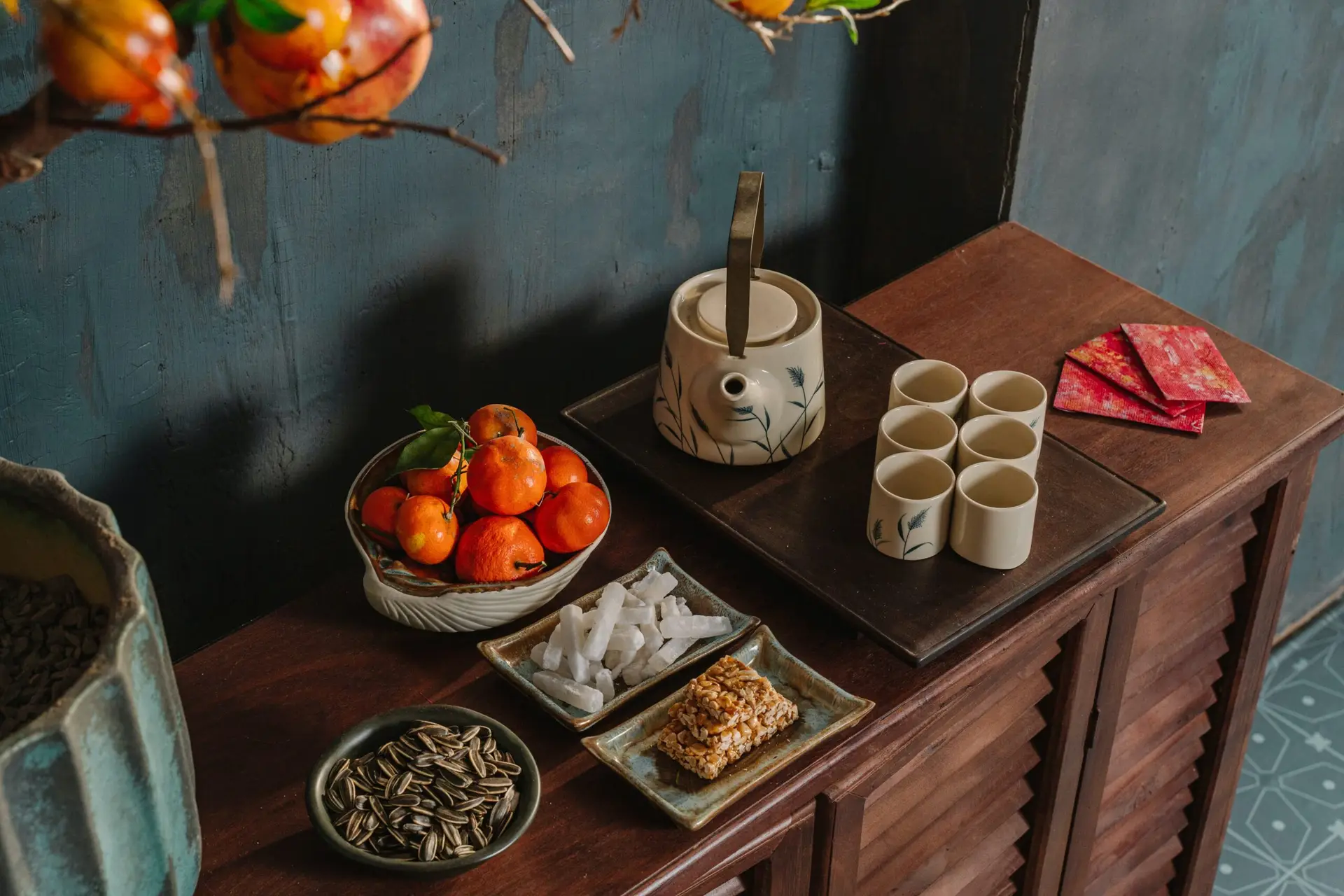
Where are the best Vietnamese Souvenirs? When you are visiting Vietnam or just looking for recommendations, maybe you wondered about what to buy in Vietnam?
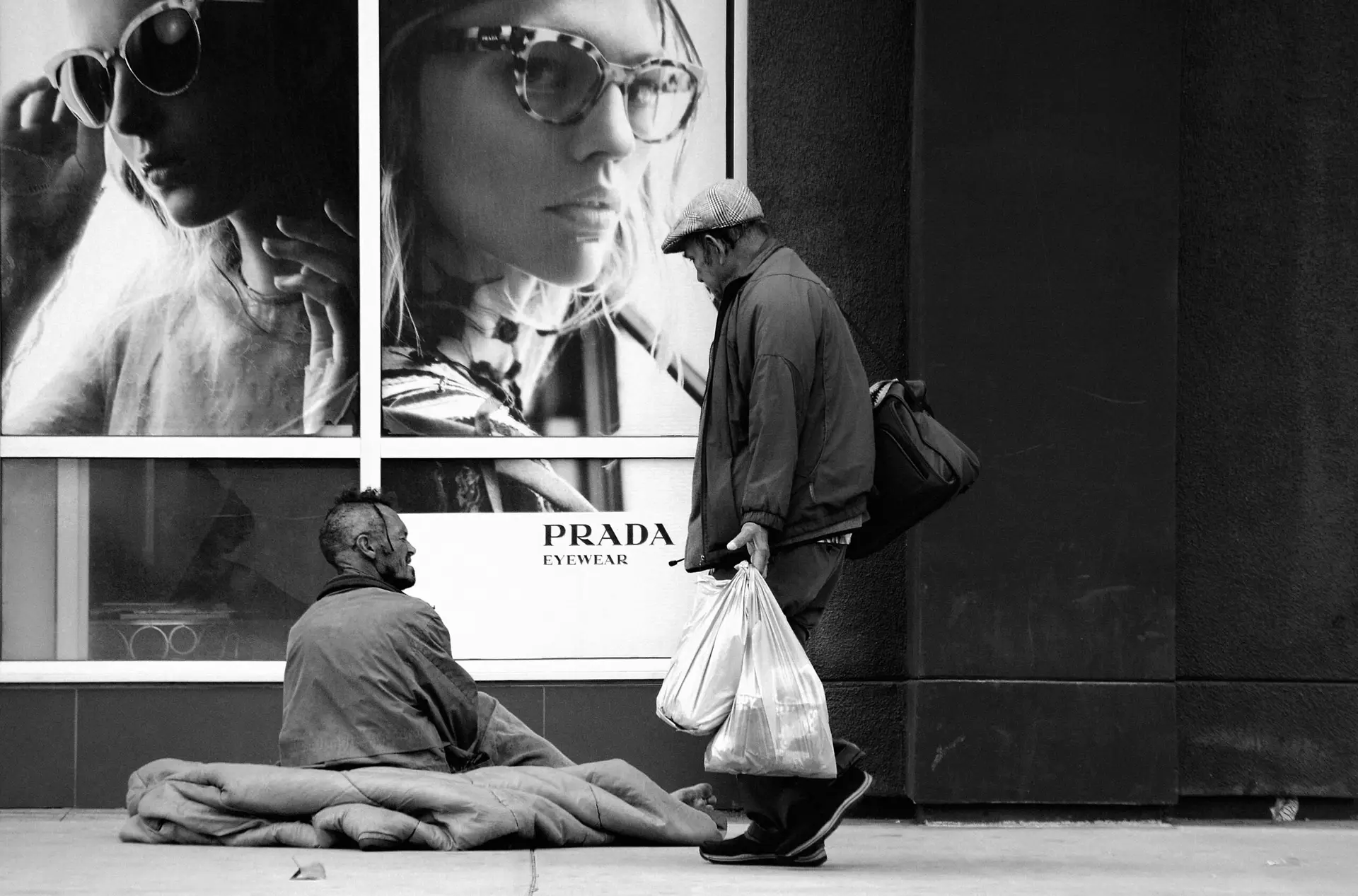
We have many ways to divide the world. One of them is in developed and developing (or underdeveloped) countries. The term usually refers to a
